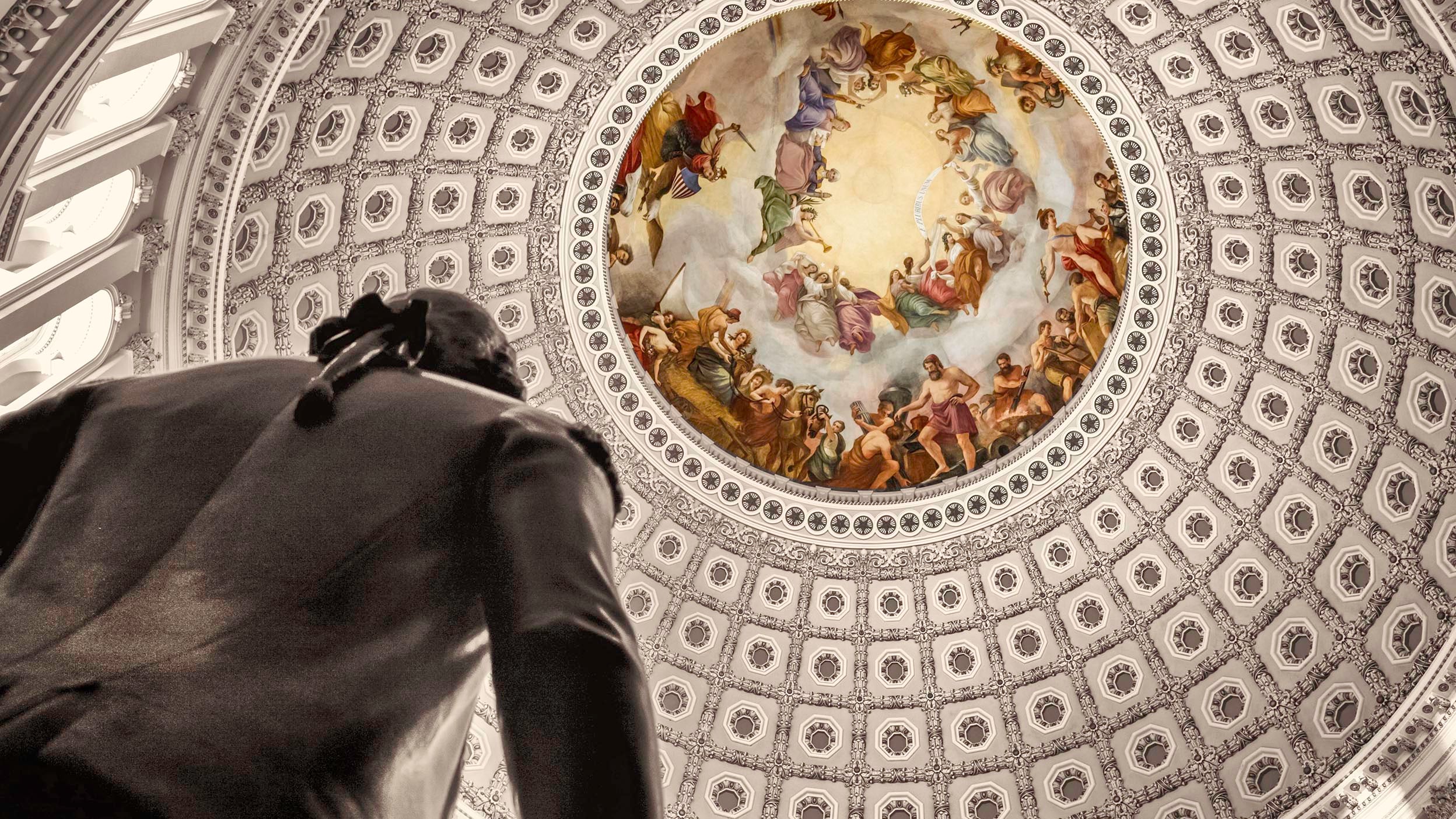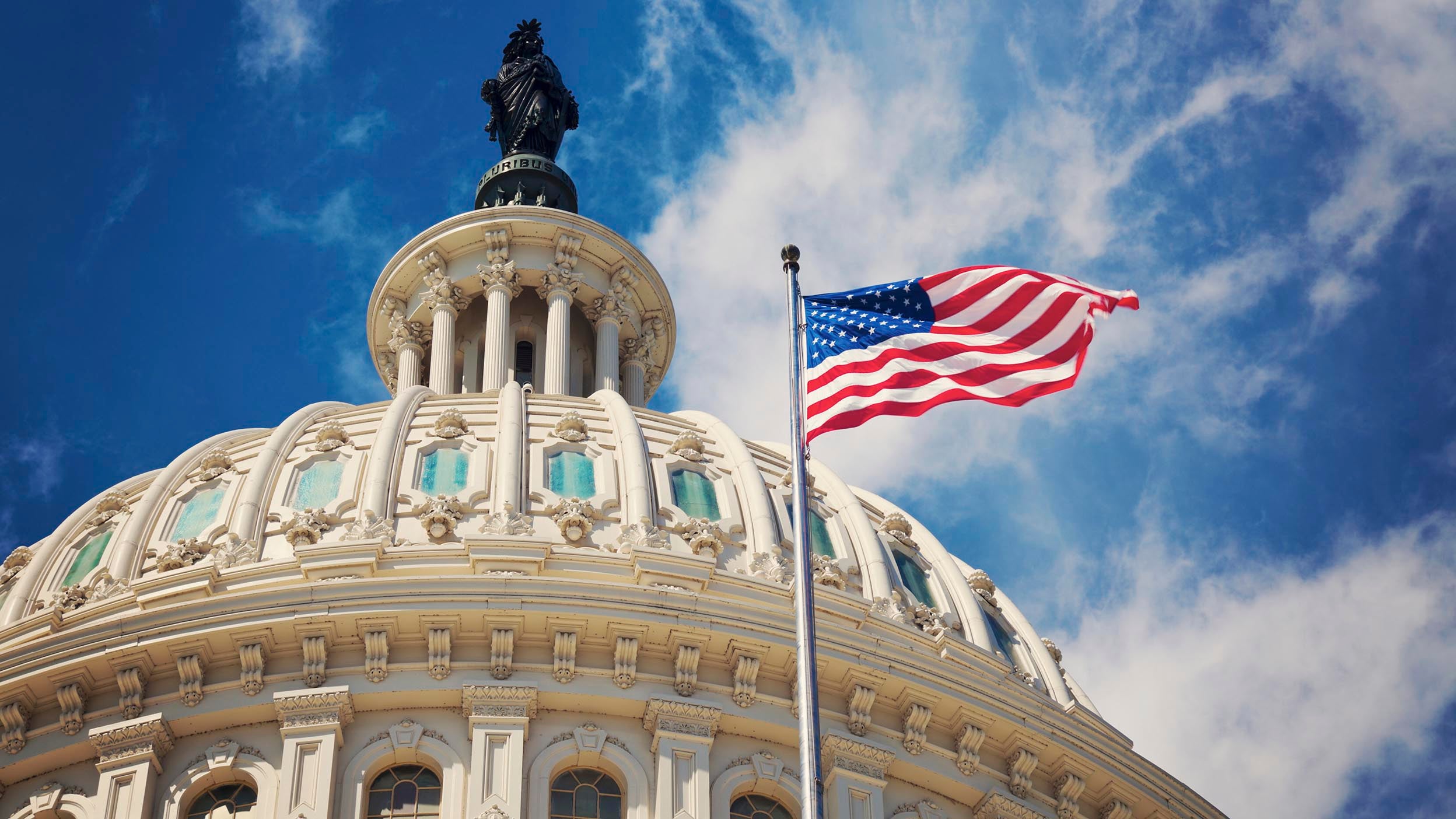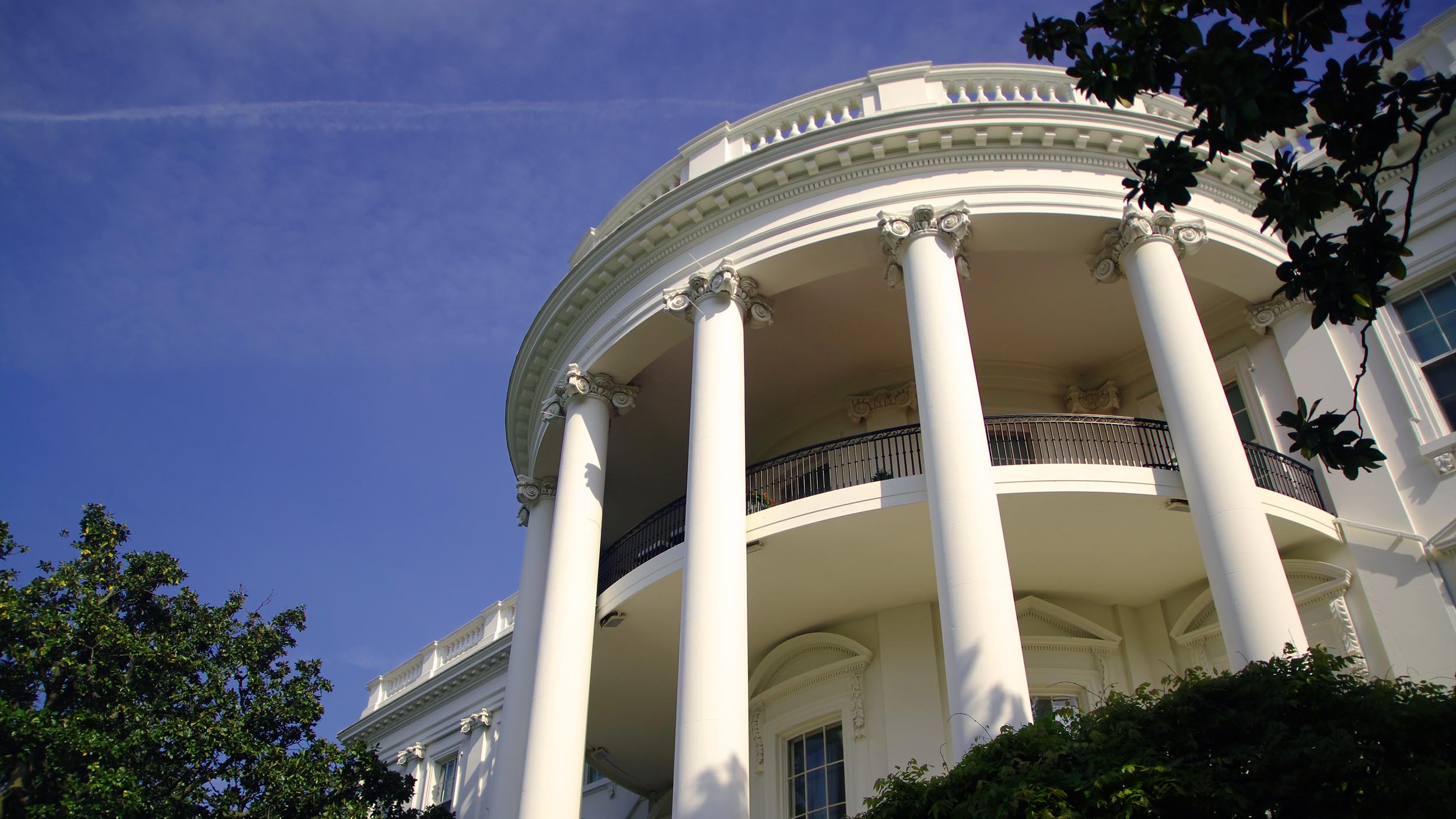
Markets and Economy Chinese stocks surge, concerns about US inflation grow
Catalysts like DeepSeek have sparked a surge in Chinese stocks, while US inflation expectations indicate growing concerns about a resurgence in prices.
Fresh perspectives on economic trends and events impacting the global markets.

Catalysts like DeepSeek have sparked a surge in Chinese stocks, while US inflation expectations indicate growing concerns about a resurgence in prices.

The debt ceiling is the legal limit on the amount of federal debt the US government can have outstanding. Defaulting on that debt would have consequences.

Markets absorbed tariff news, tech company earnings, news from the new US Treasury Secretary, disappointing US inflation-related reports, and more.

The national debt keeps rising but may still be manageable in the short term despite the investment risk or pending disaster some investors fear.

Recent history has shown that protectionist measures such as tariffs can hinder economic growth in the near term but don't necessarily create a long-term hurdle for markets.

Our experts address the critical questions that arose following the news of DeepSeek’s artificial intelligence model and the market’s volatile reaction.

US inflation concerns are likely overdone, and any tariffs from the Trump administration are likely a one-time price shock rather than a new inflationary trend.

The market greeted a week of economic meetings, executive orders, and important announcements with rising stocks and falling volatility.

Based on Trump’s campaign pledges and subsequent activity, his second presidency may affect the markets and economy though not as much as monetary policy.
A selection of articles from our experts on the markets, economy, and investments.
Help your participants get more out of retirement through our innovative thinking and in-depth, proprietary research.
Insights from our income experts on investing opportunities around the globe.
Explore our latest insights on investment opportunities and potential ways to use ETFs in a portfolio.
Learn about investing in ETFs, including the basics, benefits, and choosing one.
Candid conversations with fund managers, market strategists, and more.
NA1943153
This link takes you to a site not affiliated with Invesco. The site is for informational purposes only. Invesco does not guarantee nor take any responsibility for any of the content.